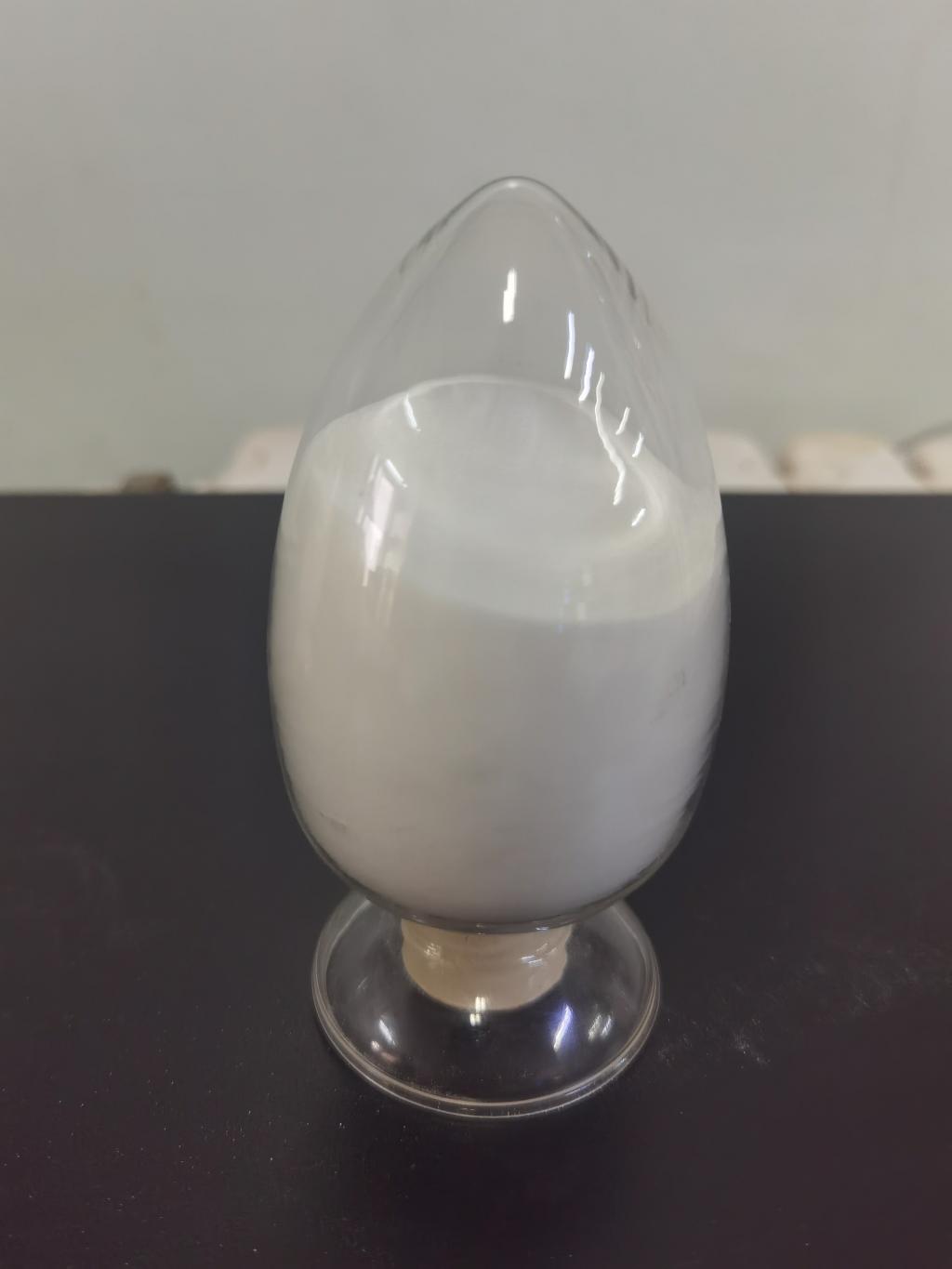Tel:+8618231198596

News
 CONTACT
CONTACT
 CONTACT
CONTACT
- Linkman:Linda Yao
- Tel: +8618231198596
- Email:linda.yao@dcpharma.cn
- Linkman:CHARLES.WANG
- Department:Overseas
- Tel: 0086 0311-85537378 0086 0311-85539701
News
Evaluating the synergy between ε-Polylysine hydrochloride and other natural preservatives.
TIME:2024-09-10
Understanding Synergy in Food Preservation
Synergy in the context of food preservation refers to the phenomenon where the combined effect of two or more preservatives is greater than the sum of their individual effects. This concept is particularly valuable because it allows for the reduction of preservative concentrations, thereby minimizing potential side effects and contributing to the development of more natural food products.
ε-Polylysine Hydrochloride: A Key Player
ε-Polylysine (ε-PL) is a cationic antimicrobial peptide that exhibits activity against a wide range of microorganisms. Its effectiveness stems from its ability to disrupt microbial cell membranes, leading to cell death. The hydrochloride form increases its solubility in water, facilitating its application in food products. Given its potent antimicrobial properties, ε-PL serves as an ideal candidate for exploring synergistic interactions with other natural preservatives.
Natural Preservatives and Their Potential Synergies with ε-PL
Several natural preservatives are known for their antimicrobial activities and could complement ε-PL's effects:
Essential Oils: Essential oils, such as those derived from oregano, thyme, and cinnamon, possess strong antimicrobial properties. Their complex mixtures of compounds can act on multiple sites within the microbial cell, potentially enhancing the action of ε-PL. Research indicates that combining ε-PL with essential oils can result in a synergistic effect, providing more robust protection against spoilage organisms.
Organic Acids: Organic acids, including lactic acid, citric acid, and acetic acid, are commonly used in food preservation. They work by lowering the pH, which can inhibit microbial growth. When paired with ε-PL, organic acids can create an environment that is less favorable for microbial survival, thereby amplifying the antimicrobial activity of ε-PL.
Phenolic Compounds: Phenolic compounds found in plant extracts, such as rosemary, sage, and green tea, have antioxidant and antimicrobial properties. These compounds can interfere with microbial metabolism and cell wall integrity, working in tandem with ε-PL to provide comprehensive protection against spoilage and pathogenic microorganisms.
Proteins and Peptides: Other antimicrobial peptides and proteins, such as nisin and lactoferrin, can also demonstrate synergistic effects when combined with ε-PL. These proteins target different aspects of microbial physiology, leading to a more holistic approach to food preservation.
Case Studies and Practical Applications
Research studies have demonstrated the synergistic effects of combining ε-PL with other natural preservatives in various food systems. For example, in meat products, the addition of ε-PL alongside essential oils resulted in prolonged shelf-life and improved safety. Similarly, in dairy products, the combination of ε-PL with organic acids was shown to be effective in controlling microbial growth without adversely affecting the sensory characteristics of the products.
Challenges and Considerations
While the synergy between ε-PL and other natural preservatives holds promise, several factors must be considered during formulation. These include the compatibility of the preservatives, their stability under processing conditions, and the impact on the sensory quality of the food. Moreover, regulatory compliance and consumer acceptance are critical aspects that need to be addressed to ensure successful commercialization.
Conclusion
The exploration of synergistic interactions between ε-polylysine hydrochloride and other natural preservatives opens up new avenues for developing effective, clean-label food preservation strategies. By leveraging the strengths of these natural antimicrobials, food manufacturers can design products that are not only safer and longer-lasting but also align with the growing consumer preference for minimally processed and naturally preserved foods. Continued research into these combinations will undoubtedly contribute to advancing the field of food science and technology.
- Tel:+8618231198596
- Whatsapp:18231198596
- Chat With Skype







